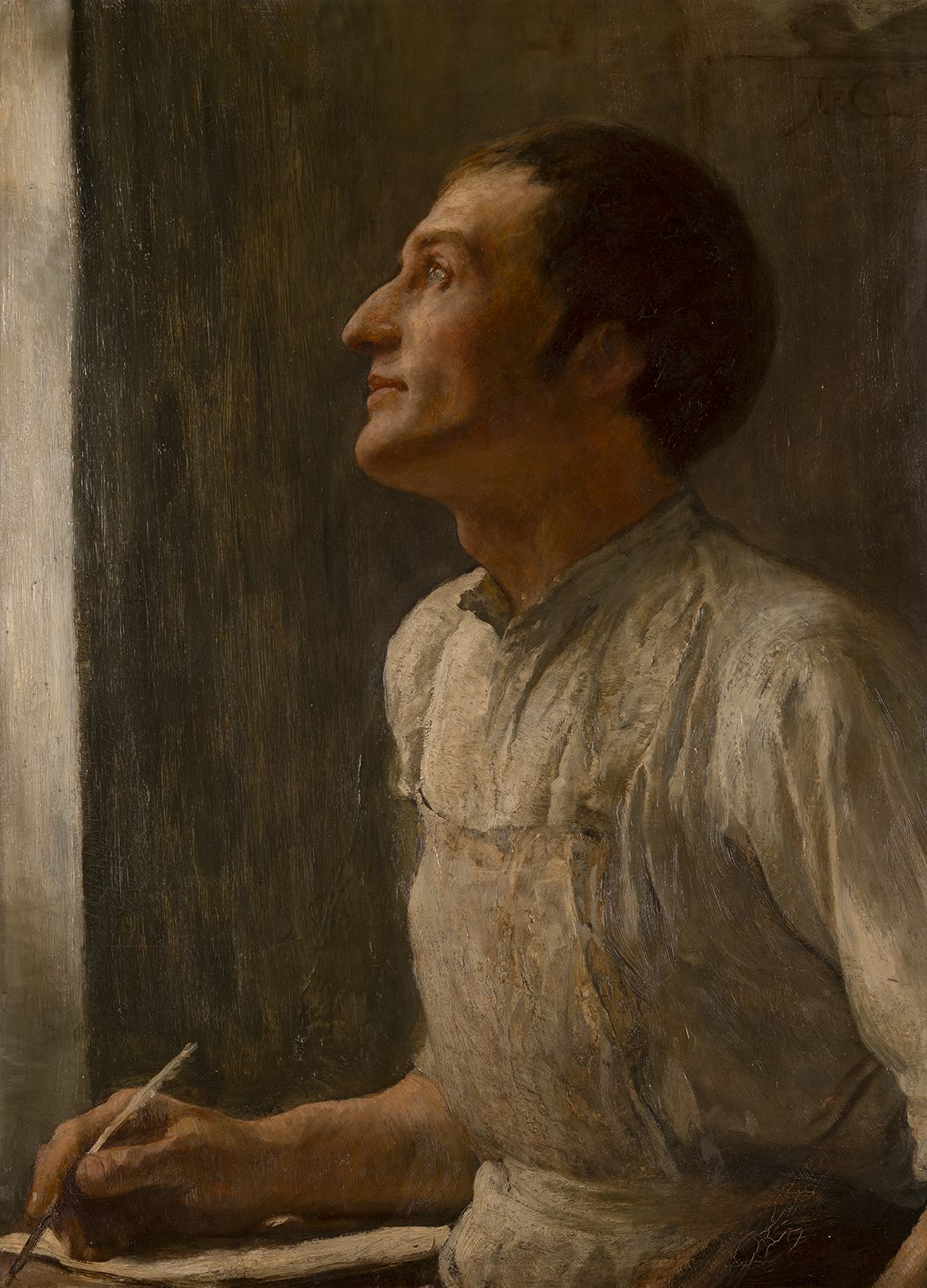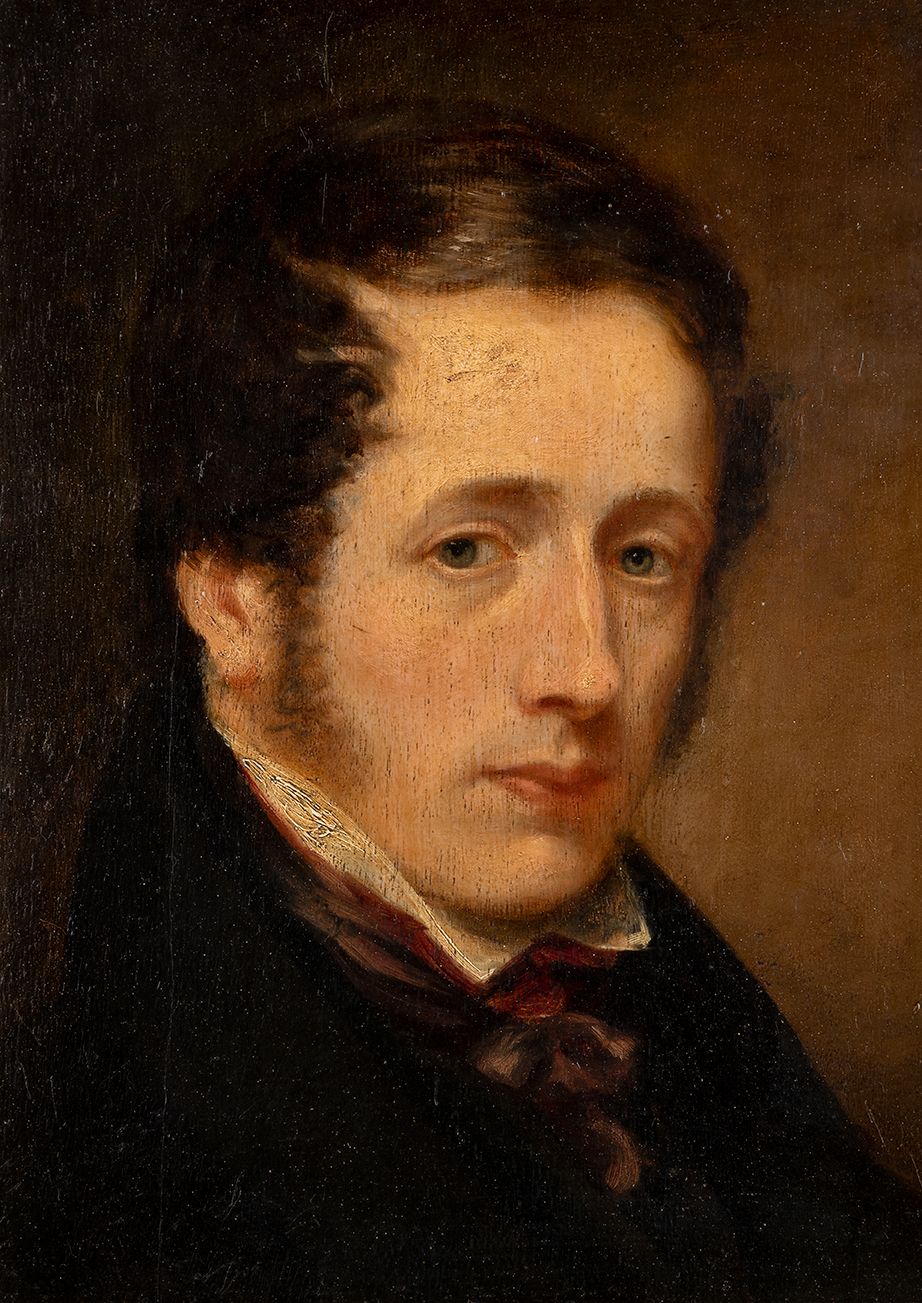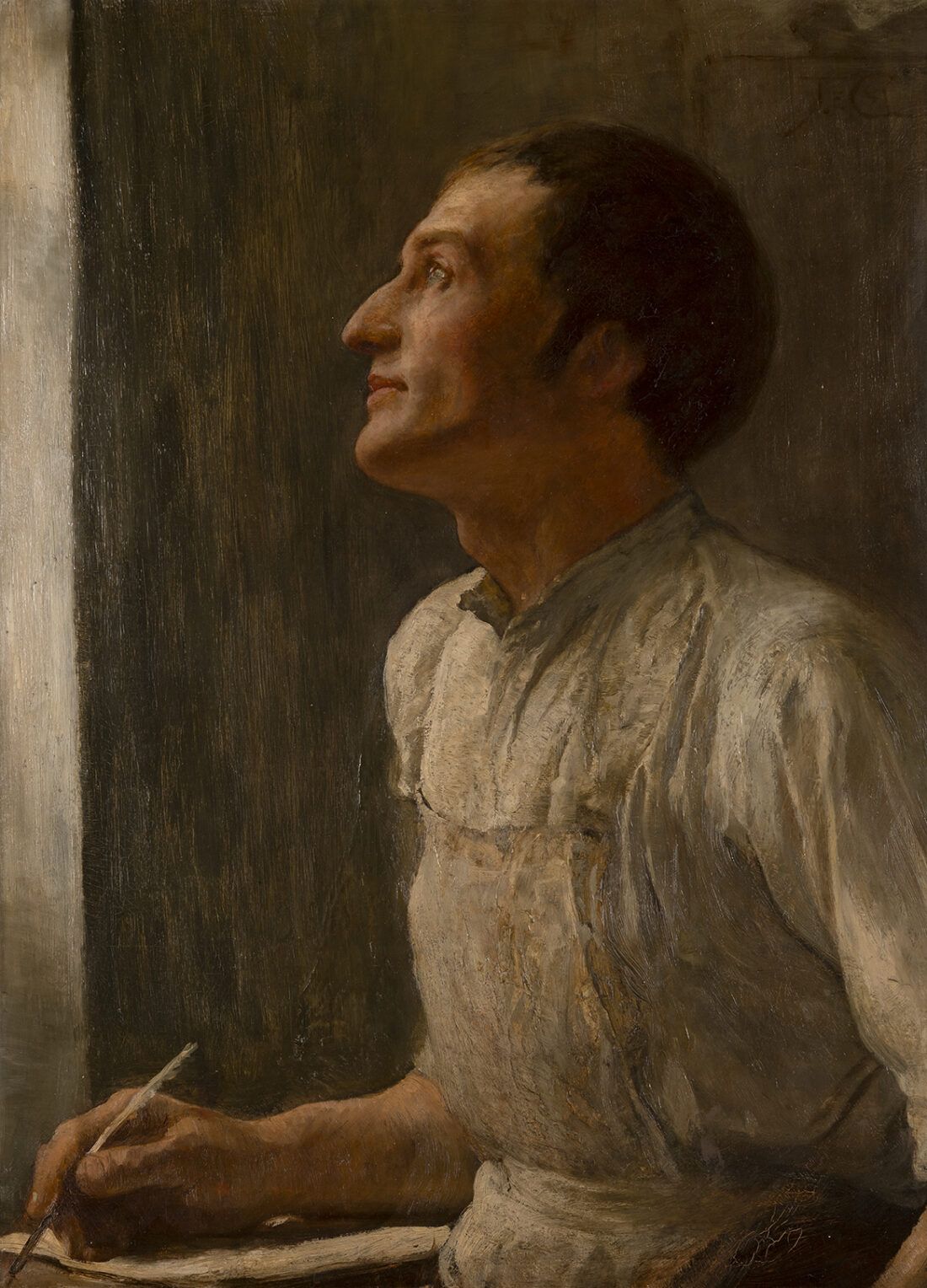Life and death of Scotland’s ‘forgotten bard’ Robert Tannahill re-examined on 250th anniversary of his birth
Robert Tannahill wrote some of the most evocative poetry and song in Scotland’s history. Paisley’s ‘weaver poet’ lost his life in tragic circumstances, but his legacy still resonates to this day. This month marks the 250th anniversary of his birth on 3rd June 1774, and the team behind the £45 million refurbishment of Paisley Museum has announced plans to showcase Tannahill’s incredible contribution to Scottish culture and re-visit the circumstances around his death.
Most of Tannahill’s poetry dates from the early 1800s when he composed as he worked at the loom, weaving threads and verses alternately. He formed a partnership with the composer Robert Archibald Smith, who set some of his songs in the Scots language to music.

Most famously, the two worked together on ‘The Braes of Balquhidder’ which became the basis of the ballad ‘Wild Mountain Thyme’ with its chorus of “Will Ye Go Lassie, Go?”. The tune to his famous song ‘The Bonnie Wood o’ Craigielee’ was also adapted to become the unofficial Australian national anthem, ‘Waltzing Matilda’, in 1895.
Tannahill’s life was to end in tragic circumstances in 1810 at the age of 35. In the early hours of 17th May, Tannahill’s body was found in the shallow waters of the Candren Burn in what was reported as a suicide by drowning.
However, new joint research, carried out by Paisley Museum and Dr Moira Hansen from The Open University, and supported by the Glasgow Medical Humanities Network, is set to be published later this year and casts doubt on the long-held belief that Tannahill deliberately ended his life.
Archie Henderson, OneRen’s Social History Researcher, said: “At the height of his popularity, Tannahill was considered second only to Robert Burns as Scotland’s most revered national bard.
“The international celebrity of Robert Burns casts a long shadow over Scotland’s other renowned literary figures, but there is no doubt Robert Tannahill should continue to be spoken of in the same breath as the likes of Sir Walter Scott, or Tannahill’s own friend, James Hogg. Tannahill was not only chief amongst the innumerable pantheon of Paisley poets of the 18th and 19th centuries, his work also had a global reach.

“While Tannahill’s work is grounded in a love of nature and often simple, pastoral themes, modern retrospectives of his work reveal a much more complex individual, who produced a unique body of anti-sectarian, abolitionist, and anti-war poems and songs, during a life cut short by untimely, and potentially misunderstood death.”
The research has focussed on alternatives to the assumed suicide narrative that has pervaded since Tannahill’s death and that this was triggered by his being shunned by publishers. In Tannahill’s day, it was popular for people to submit poetry and songs for publication in newspapers and periodicals. Around his late twenties Robert was encouraged to submit his own work, which soon became popular with audiences in places like Glasgow, Edinburgh, and London – a fact which belies the notion that he felt his work was not appreciated.
Archie added: “Robert’s poetry continued to be met with praise and in 1807 he published the first volume of his poems and songs which continued to spread his fame both locally and nationally. With the death of his father in 1802, he also wrote a poem, ‘The Fillial Vow’, in which he pledged to look after his widowed mother.”
In 1810 however, Robert was unsuccessful in securing a publisher for a second volume of his work. This setback potentially coincided with a more serious decline in his physical and mental health that may have contributed to the pervasive misunderstanding surrounding his death ever since.
Archie believes that symptoms described in letters, including persistent coughing, may show that Tannahill may have been suffering from tuberculosis. Consumption, as it was known, is believed to have led to the deaths of his father, three of his brothers and a sister are believed to have died from the disease.
Dr Hansen explained: “With the lack of effective treatments at the time, tuberculosis could linger in the body for a number of years, evident as occasional bouts of symptoms such as cough and fever. Over the longer term, weight loss becomes evident. Episodes of cough in particular are reported at various points in Tannahill’s life but by his final weeks, he’s really gone downhill. He’s lost a lot of weight, he looks awful, he’s running a severe fever and he’s having episodes of incoherent delirium.”
On the evening of 16th May 1810, in this state, he was put to bed by his mother and a friend but went missing from the cottage in the early hours of the morning. After a short search by family and friends his body was discovered in the Candren Burn, just half a mile from his house in Queen Street.
Dr Hansen suggests the death may not have been the suicide subsequently reported. She added: “Robert’s body was found in relatively shallow waters. His coat and his watch were found on the bank. Perhaps in his confused and delirious state, he sought to cool his fever in the night-time waters, explaining why he took the time to remove his coat and watch, and why he hadn’t headed for the nearby deeper waters. It was an accidental death rather than a deliberate act.”
Archie added: “Evidence that Robert’s physical and mental health were declining is clear. However, the degree to which he had any suicidal intent will forever be undetermined, as unsatisfying as that is. Reports of his death, especially by early biographers, talked of the sort of ‘melancholy’ and ‘morbid sensibility of mind’ often attributed to literary geniuses.”
Dr Hansen adds: “At the time, there wouldn’t have been any distinction made between madness resulting from physical illness and that resulting from mental illness. But being able to link Robert’s condition to his genius makes it more befitting a poet and more acceptable for his legacy. This new work, by showing the possible misinterpretation of the circumstances of his death, tells us as much about nineteenth-century attitudes to mental health as it does about Tannahill himself.”
The new Paisley Museum will highlight Tannahill’s place as one of Scotland’s most important literary figures. The display will include the watch which was on Tannahill’s person on the night he died and the actual loom he used in his cottage on Queen Street. It will also highlight the incredible outpouring of love shown by the people of Paisley and beyond, including concerts which marked the 100th anniversary of his birth, and attracted audiences of more than 30,000 people to Glennifer Braes – the TRNSMT festivals of their day.
Professor Gerard Carruthers FRSE, Francis Hutcheson Professor of Scottish Literature, said that it was important for Tannahill’s legacy to be included within the refurbished Paisley Museum. He added: “Robert Tannahill is one of Scotland’s greatest song-writers. Inspired by Burns certainly, he is a great lyricist of nature in his own right during the early nineteenth century Romantic period, and his lyrics and tunes resound around the world down to the present day.
“Very few of us will be remembered more than 200 years after our death. Tannahill lives, educates and entertains! There is so much more still to discover and present too about the Paisley poets and songwriters of the nineteenth and twentieth centuries.”
Latest News & Stories

News
12 / 06 / 24Life and death of Scotland’s ‘forgotten bard’ Robert Tannahill re-examined on 250th anniversary of his birth
Paisley’s ‘weaver poet’ lost his life in tragic circumstances, but his legacy still resonates to this day. This month marks the 250th anniversary of his birth on 3rd June 1774, and the team behind the £45 million refurbishment of Paisley Museum has announced plans to showcase Tannahill’s incredible contribution to Scottish culture and re-visit the circumstances around his death.
Read More
News
25 / 05 / 24Social History Collection Conservation
Funding from The Pilgrim Trust has meant that we have been able to collaborate with the People’s History Museum to fully conserve artefacts from the Social History Collection.
Read More
News
14 / 05 / 24Scotland’s biggest cultural heritage project welcomes corporate partners on board
Paisley Museum welcomes the University of the West of Scotland, The Malcolm Group and Scottish Leather Group as corporate partners
Read More
